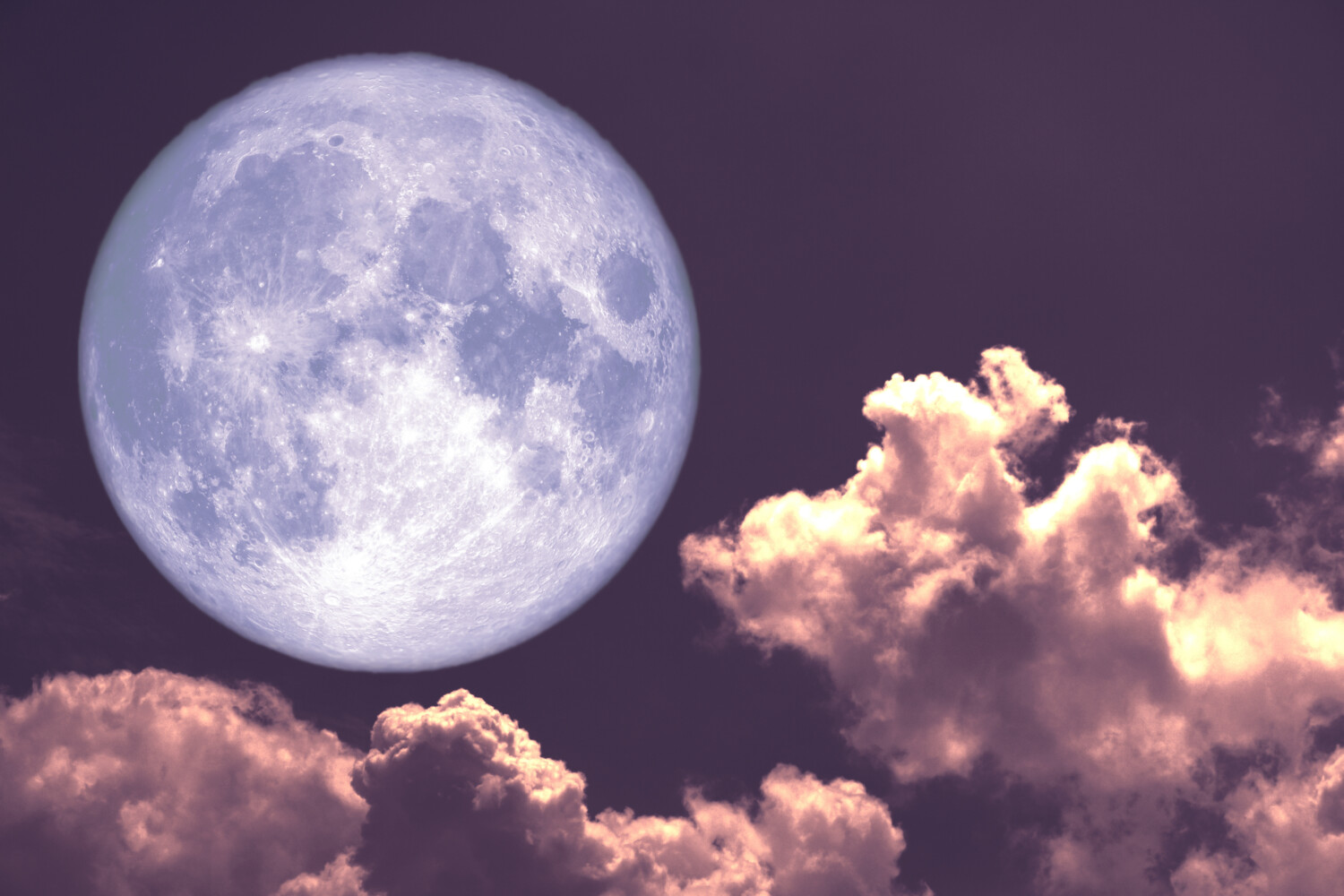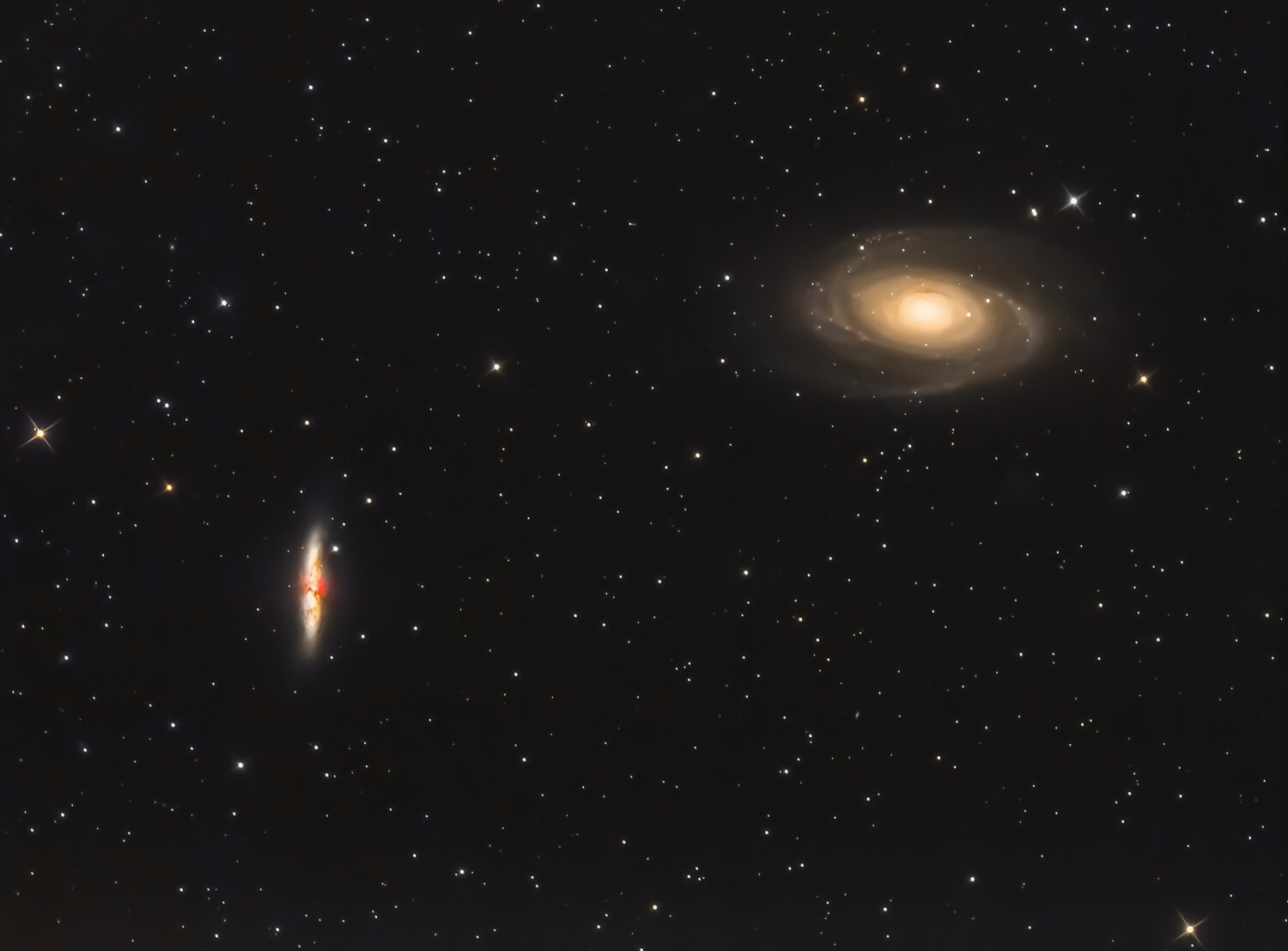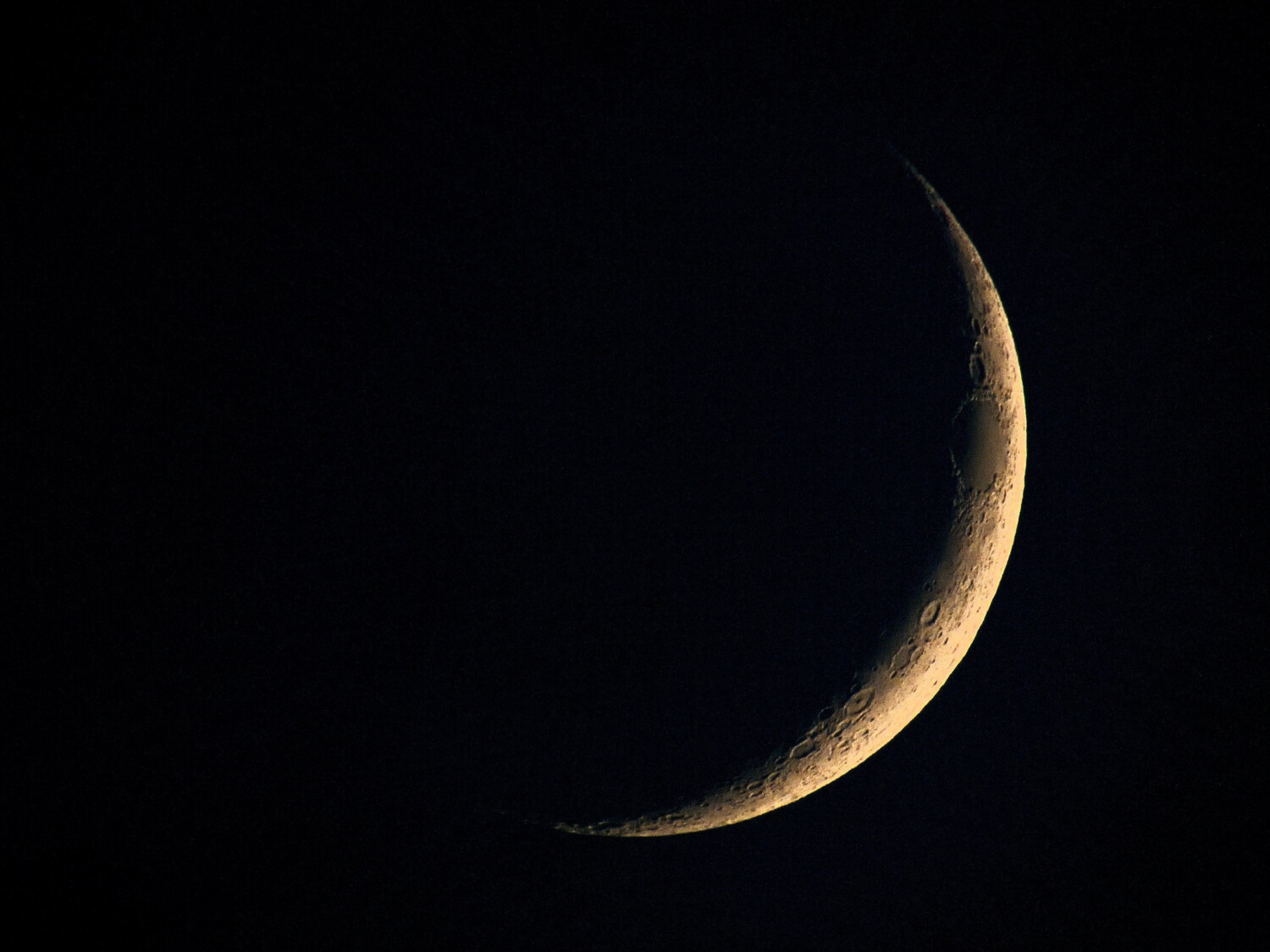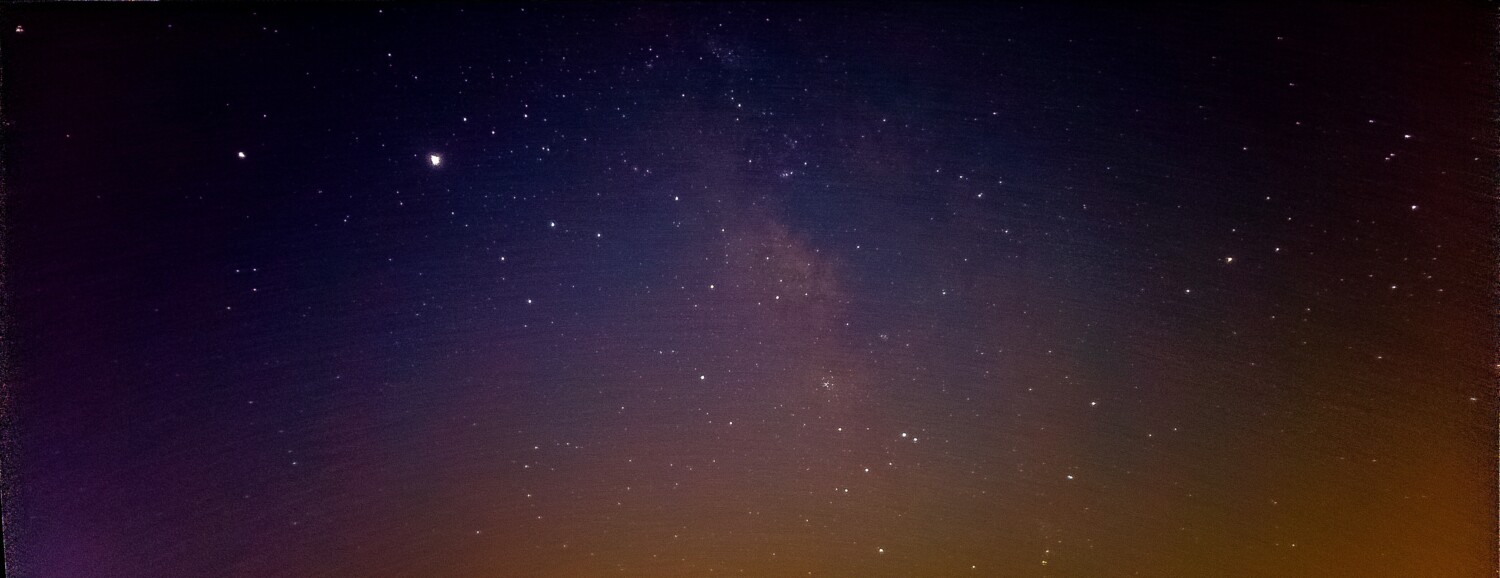When is the last time you sat outside and gazed up at the stars? This month, especially, you’ll have good reason to look up. As we near the first equinox of the year, picture-perfect planet-gazing conditions are in the forecast.
While most of these events can be seen with the naked eye, having a set of binoculars on hand will let you zoom in on the magic. Set an evening alert on your digital calendars so you won’t miss any of these astronomical events. We’ve put together the ultimate March stargazing guide for viewers in the northern hemisphere.
Take Advantage Of Ideal Viewing Conditions
March marks the last month for some time that you’ll get extreme clarity in terms of viewing conditions. This is because cold air holds less moisture than warm air. As the days become hotter during summer, the air becomes hazier and heavier with moisture. Plus, before daylight saving time arrives on March 12, the longer nights allow for more stargazing opportunities.
Full Worm Moon: March 7
Does the phrase “worm moon” leave you scratching your head? The Farmer’s Almanac says the name is thought to originally refer to the earthworms that appear as the soil warms in the spring. This attracts hungry birds, which is a traditional sign of spring. The nicknames of the full moon tend to come from Native American, colonial American and other traditional North American sources.
The worm moon goes by other names, all pointing to the return of spring. It’s also known as the crow moon, when the birds begin migrating back to their homes; sap moon, when warmer temperatures allow for sap to flow again from maple trees; and wind strong moon, which refers to windy spring weather.
The crest of the full moon takes place at 7:40 a.m. EST on March 7, but it will look full for a day or two before and after that time.

See A Lineup Of Planets: March 14
You’ll basically be able to see planets every week in March; the month started even started with the conjunction of Venus and Jupiter on March 1. View a whole parade of planets — four to be exact — in the night sky in mid-March. Mars, Uranus, Venus and Jupiter will be viewable in the western sky. That’s also where you’ll find notable constellations including Orion the Hunter, Sirius and Taurus the Bull.
Messier Marathon: March 18 And 25
The first of two times you can attempt to see all 110 Messier objects in one night, hence the “marathon.” Messier objects are bright deep sky objects cataloged during the 18th century by the French astronomer and comet hunter Charles Messier. They can be nebulas, galaxies, open clusters of stars and more.
If that night doesn’t work, you can always try again the following weekend.

Vernal Equinox: March 20
This event marks when the sun crosses the celestial equator in the northerly direction — the official start of astronomical spring. This is one of only two times throughout the year when the Earth’s axis tilted neither toward nor away from the sun, which produces a nearly equal amount of daylight and darkness at all latitudes.
There’s nothing to view on March 20 at 5:24 EDT when the equinox actually takes place, but after that time, we’ll start to see more light than darkness over the course of a day.
New Moon: March 21
A new moon takes place when the moon is in alignment between the sun and the Earth. Because we generally see the moon due to the light reflected on it by the sun, it is not visible to us during its new moon phase. The side of the moon facing us is completely dark.
Also, the moon rises and sets around the same time as the sun during this phase, so its glare obscures the moon. Should the night be clear, though, the lack of a moon makes stargazing easier.

Saturn Makes An Appearance: March 24
To view Saturn, you’ll need to either stay up all night or wake up just before sunrise. The planet hides behind the rising sun in the early part of the month, so it isn’t viewable until March 24. On that date, it is set to make an appearance roughly 40 minutes before sunrise in the east-southeastern sky.
Mercury and Jupiter Side By Side: March 27
A somewhat special event, Mercury, known as the elusive planet, will be on display side by side with Jupiter for several days late this month and into April. Find it near Jupiter in the night sky. Just look for the bright star near the western horizon about 40 minutes after the sunset.
Jupiter is sinking in the sky as Mercury rises, and you’ll be able to catch the closest planet to the sun shining in the early evenings well into April. It’ll look like a bright star to the naked eye, so use binoculars if you can. If you can’t — just remember that planets don’t twinkle, and you’ll be able to locate it.

The Moon and Mars Side By Side: March 28
Look for rust-colored Mars five degrees to the lower right of the moon in the early morning sky on March 28. At this point the moon will be in its first quarter, which begins at 10:32 p.m. EDT on this day.
While you’re soaking up the night sky, keep an eye out for fireballs. They’re more abundant in spring, so you might get lucky and spot one.
This story originally appeared on Simplemost. Check out Simplemost for additional stories.



